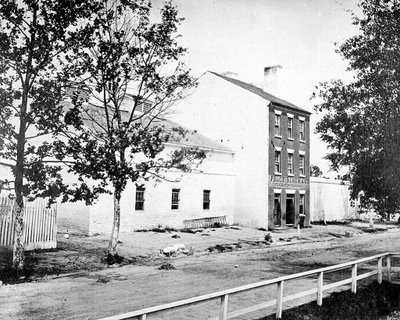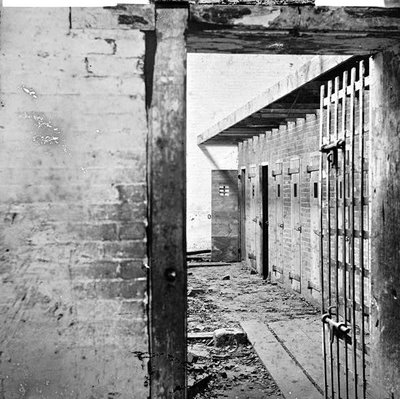Alexandria is a larger city in Virginia and it also has an excellent mix of cultures and races. It is great to have the kids experience this great town and all the history of this town.
There are some dark historical parts of Alexandria. The best known is Price, Birch, & Co., Alexandria, Va. Price, Birch & Co. was one of the largest slave trading companies in the country.

By the 1830s, they were sending more than 1,000 slaves annually from Alexandria to their Natchez, Mississippi and New Orleans markets to help meet the demand for slaves in Mississippi and surrounding states. Later owned by Price, Birch & Co. the slave pen became a jail under Union (American Civil War) occupation[4].

Franklin and Armfield sent an annual overland coffle, or slave caravan, from Virginia to their Forks of the Road market. These coffles usually left Alexandria for Natchez in mid - to late summer and traveled through Tennessee. From central Tennessee, the standard route to Natchez and the Forks of the Road was down the Natchez Trace. Entrepreneurial farmers along the route supplied the coffles with pork and corn. During the overland march, male slaves were usually manacled and chained together in double files, and were under the close supervision of mounted drivers. Women also walked, while children and injured slaves rode in the wagons that accompanied the coffle. The white men guarding the coffles were normally armed with both guns and whips.

Franklin and Armfield augmented their movement of slaves overland to the Natchez market by transporting them in ships to New Orleans. The partnership purchased a fleet of steam brigs capable of transporting cargoes of slaves from Virginia around the Florida Peninsula into the Gulf of Mexico. The brigs were capable of steaming up the Mississippi River to the docks at New Orleans. Slaves destined for the Natchez market were transferred to steamboats for the remainder of the trip. The steam brigs, which were equipped to carry between 75 and 150 slaves, normally operated between October and May to avoid excessive heat in the tightly packed slave quarters aboard ship.

